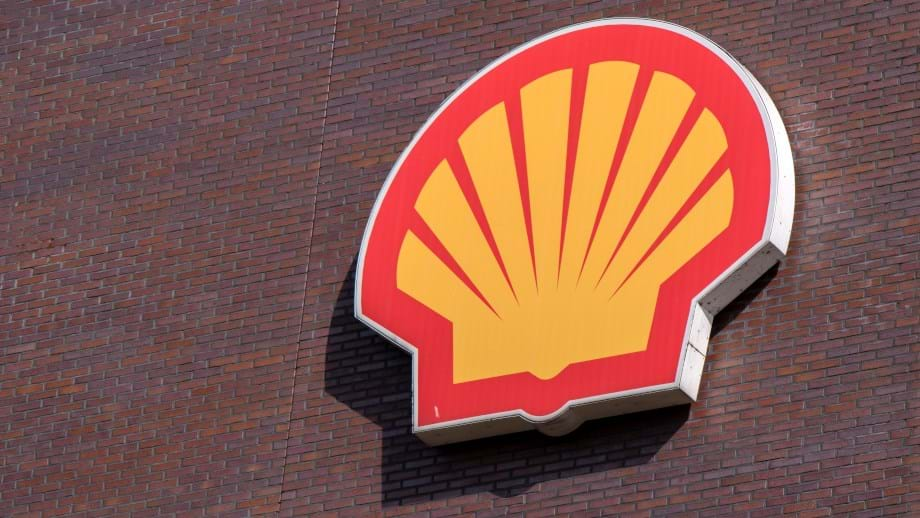‘Unsuitable design’ blamed for gas release at Shell’s new North Sea facility

OIL AND GAS giant Shell has been ordered to improve the design of its newest facility in the North Sea following a gas release in April.
UK regulator the Health and Safety Executive (HSE) served an improvement notice to Shell in May, following an unintentional gas release at the Penguins floating production, storage and offloading vessel (FPSO) in the northern North Sea. No injuries were reported following the gas release, and production was stopped immediately. Shell estimated 95.3 kg of gas was released, which HSE’s notice reported was a result of “unsuitable plant design”.
HSE has told Shell it must comply with the improvement notice by 30 November 2025.
Nigel Bowker, a process safety consultant and the director of IChemE’s course on managing the hazards of flare systems, told TCE that “the consequences of this could clearly have been greater”. He said: “I would encourage Shell to share the findings from their investigation within the industry so that others may learn from it.”
Improvement notices are served to offshore operators for breaches of health and safety law when it is judged safe to continue operating. They are rare in the offshore oil and gas sector. Sean O’Sullivan, chair of IChemE’s Safety and Loss Prevention Special Interest Group, told TCE: “As this notice refers to design suitability, chemical engineers should pay note.”
HSE’s investigation found a design flaw in the FPSO’s mechanism of removing liquids from the hydrocarbon vent header knockout drum, in which liquids were routed through a liquid drain line into an open drains system. The improvement notice said that considering the unsuitable plant design, Shell had “failed to take appropriate measures” to prevent fire and explosion.
Experts consulted by TCE have described the design as inappropriate for an offshore facility, noting that it is outdated and typically reserved for onshore sites located well away from ignition sources.
They also expressed surprise that the design flaw was not picked up in Shell’s hazard and operability study (HAZOP) for Penguins. Shell declined to tell TCE why it commissioned the open drains system or whether the risk of gas release was identified during the HAZOP process.
The improvement notice also contained an identification tag for the knockout drum involved in the incident which suggests it was made using a pipework component rather than a specific vessel component. Experts have told TCE this design choice is also inappropriate for offshore facilities given that pipework is subject to different safety standards to vessel components. On this point Shell declined to comment.
A spokesperson for Shell said: “A limited amount of gas was released on 21 April 2025 on our Penguins floating production, storage and offloading unit in the North Sea. This was identified by gas detectors and production was stopped immediately.” Shell also confirmed that the design flaw was limited to the Penguins FPSO and is not an issue across its wider fleet around the world.
Design Fluor
The Penguins FPSO produces oil and gas from the Penguins oil field in the North Sea, around 150 km north of the Shetland Islands. Oil and gas have been produced from the field since 2003.
The Penguins FPSO was designed by Fluor in the Philippines, constructed by the China Offshore Oil Engineering Co in China and commissioned by Shell in Norway. Design began in 2018 after Fluor was awarded the contract the previous year, and production began in February 2025 – just three months before it was served the improvement notice. When production began, it was Shell’s first new facility in the UK North Sea in over 20 years.
Prior to the gas release, HSE had last inspected Penguins in July 2024. This did not encompass an inspection of the knockout drum, however, as HSE inspections can only look at a limited range of topics, and they do not necessarily challenge specific design choices if it appears suitable hazard assessments and design processes were completed. Similarly, while operators must submit safety cases to the HSE before production can begin, these do not include risk assessments for specific components such as the knockout drum.
The Penguins project was designed as a state-of-the-art FPSO, aiming to reduce emissions by 30% compared to its predecessor, the Brent Charlie platform, which ceased production in 2021 south of the Penguins oil field. Shell had planned to produce 45,000 boe/d at Penguins, exporting natural gas via pipeline to the St Fergus gas terminal in northeast Scotland and shipping crude oil to refineries outside of the UK.
Fluor was approached for comment.
Recent Editions
Catch up on the latest news, views and jobs from The Chemical Engineer. Below are the four latest issues. View a wider selection of the archive from within the Magazine section of this site.




